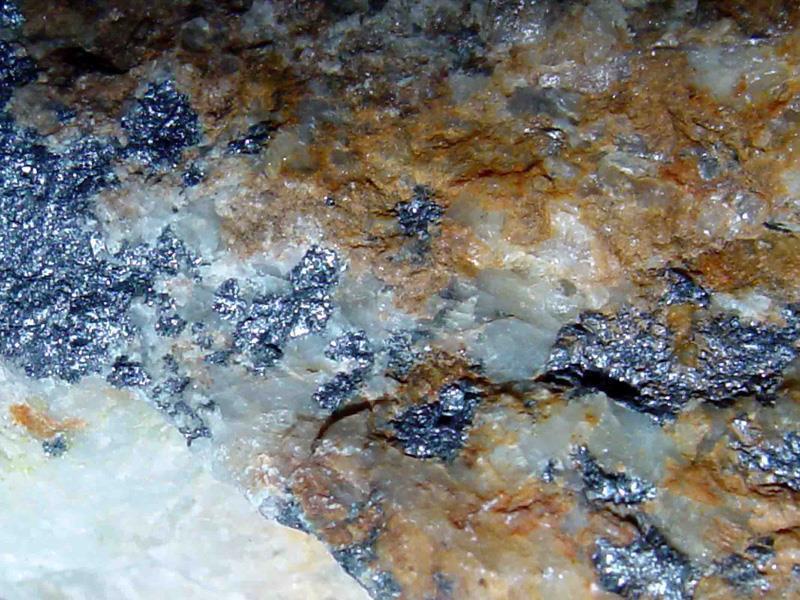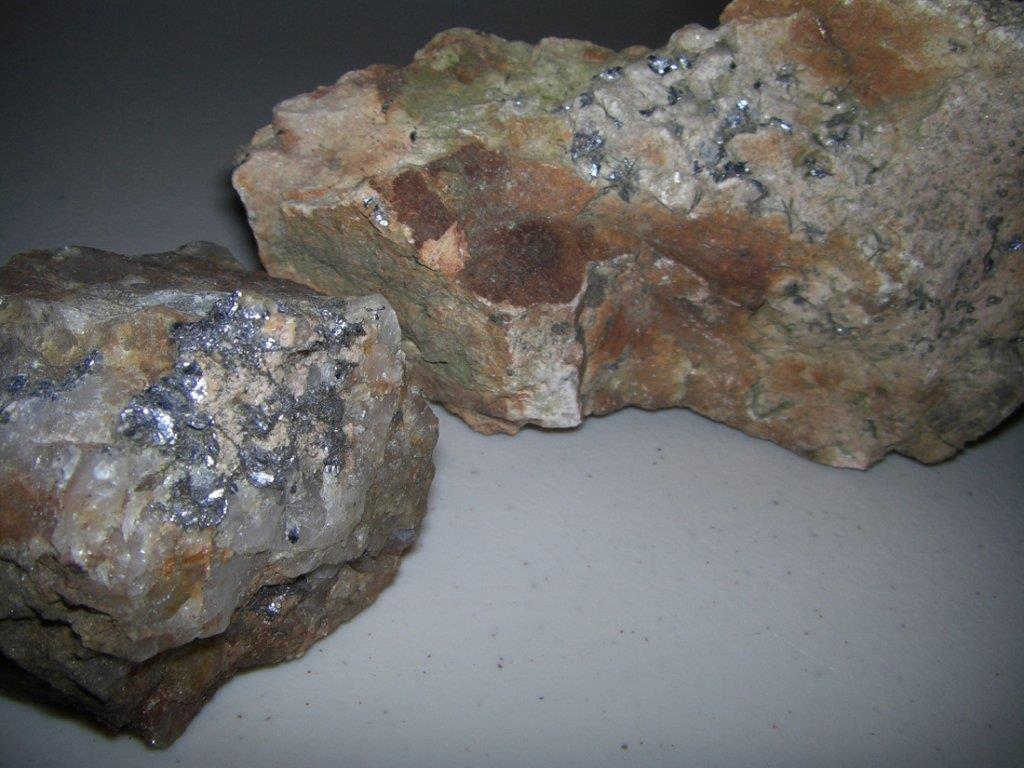Goldpick
Chris Johnson
Looks like Molybdenum, here's a few other specimens off the net that look very similar. Its should feel greasy and and smooth to touch.







Thanks mate I found it around Stanthorpe area surrounded by lots of smokey quartzHeatho said:Most likely quartz.
Hare_Twigga said:Was out loaming today and came across some quartz rubble,I broke some open and it has either pyrite or galena or something in it. Is there any easy way to tell which it might be?
https://www.prospectingaustralia.co...es/1994/1391134111_a126_-_20140131_130130.jpg
https://www.prospectingaustralia.co...es/1994/1391134137_a125_-_20140131_130104.jpg
https://www.prospectingaustralia.co...es/1994/1391134162_a122_-_20140131_125731.jpg
https://www.prospectingaustralia.co...es/1994/1391134200_a123_-_20140131_125833.jpg





Goldpick said:Looks like Molybdenum, here's a few other specimens off the net that look very similar. Its should feel greasy and and smooth to touch.
https://www.prospectingaustralia.com/forum/img/member-images/1695/1392436935_1711.jpeg
https://www.prospectingaustralia.com/forum/img/member-images/1695/1392436998_moly_rock_specimens.jpg
Village said:I think what we are incurring here is the problem between the deciphering of photos's and the real item. Many rocks on visual can look identical or similar. In the field three quick easy tests to confirm an identity is to streak test, cleavage test and hardness test. Usually the outcome of these three tests will allow you to identify a rock to a 95% probability in the field, without any real further testing.
Like in the case of Chalcopyrite, on visual it will look brassy when first broken, and tarnish over time, the actual streak test colour when drawn across a white plate will be metallic greenish black. Completely opposite to it's visual.
Streak testing is easy and cheap, you can find a set of plates here
http://www.pilbarageology.com.au/products/Streak-Plate-Set.html
A lot of people carry a loupe as part of their kit, which is great, aids a on a percentage of rocks, or minerals by as siting the eye in identifying the crystal system of the specimen, but this really test no four in the sliding scale. Tests one to three should be completed first.
To complement all this a good field rock and mineral identification book is required, a good one, both in comprehensiveness and portability can be found here
http://www.abcmaps.com.au/Image Pages/rmpng.htm
Like I said doing it from photos is hard, and not being stubborn, until someone tests the original subject specimen, I'm not convinced based on the photos that it is chalcopyrite, but more then happy to be proven wrong, looks to grainy and loose in the photo.
Happy hunting
John
Hardness will distinguish - but striae on crystal faces indicate pyriteHare_Twigga said:Was out loaming today and came across some quartz rubble,I broke some open and it has either pyrite or galena or something in it. Is there any easy way to tell which it might be?
https://www.prospectingaustralia.co...es/1994/1391134111_a126_-_20140131_130130.jpg
https://www.prospectingaustralia.co...es/1994/1391134137_a125_-_20140131_130104.jpg
https://www.prospectingaustralia.co...es/1994/1391134162_a122_-_20140131_125731.jpg
https://www.prospectingaustralia.co...es/1994/1391134200_a123_-_20140131_125833.jpg
Looks a bit like molybdenite - but test hardness etcSuperPeter said:If these are not close enough I have a good zoom I can add more pics l8r if needed https://www.prospectingaustralia.com/forum/img/member-images/1007/1392425272_image.jpg
Enter your email address to join: